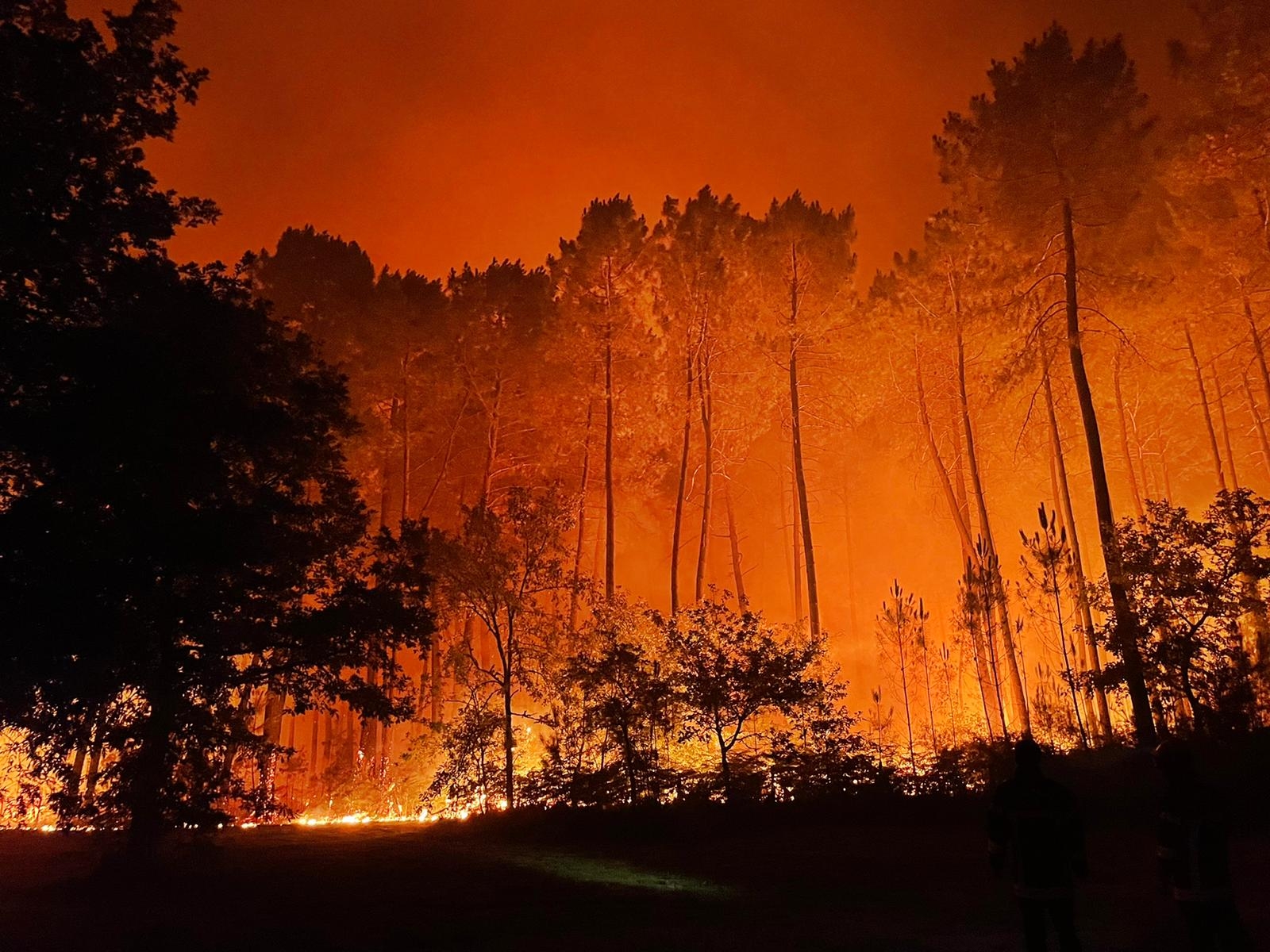

Wildfires are a complex phenomenon that involves the interconnection of climate, weather, land use and urban sprawl as well as concerns of racism, equity and inclusion.
The fires that happen around the world now are unlike the fires of 1992, 1972 or 1952. Fires are burning faster and hotter than ever before, and complex socio-economic factors result in more people being affected by smoke, debris flows and other wildfire effects. It is becoming more common for areas to suffer a subsequent catastrophic wildfire before recovering from an earlier wildfire.
Throughout 2022, tens of thousands of people were forced to evacuate and dozens of people – including two firefighters – died, mostly in northern Algeria where at least 40 people died in August fires. Hundreds more died from the extreme heat. At least seven countries’ capitals reached 40-year highs in temperature this year.
As of Nov. 20, the European Forest Fire Information System (EFFIS) estimated that within European Union countries, between 2.07 million acres and 2.17 million acres have burned. In the broader area that EFFIS covers, it estimated between 4 million acres and 4.2 million burned acres.
Editor’s Note: The Center for Disaster Philanthropy (CDP) maintains a profile on North American Wildfires, which includes the U.S., Canada and Mexico. This disaster profile will cover all major wildfire areas outside of that region.
Some countries/regions use the term “forest fire,” which we will adopt where appropriate but “wildfire” is an umbrella term that includes wildland fires burning in any type of vegetation, including forests.
(Photo: Wildfire burning in southwest France on July 19, 2022. Credit: Gironde via Twitter)
According to the EFFIS, its 43 member countries (which also include some in the Middle East and Northern Africa) saw an average of more than 1 million acres (424,000 hectares) burned every year between 2010 and 2019. Far more concerning is that countries, where wildfires have been historically low, are seeing significant increases in both fire numbers and burned area. In 2020 (the latest year for which data is available), countries such as Croatia, the Netherlands, Poland, Romania and Turkey all saw fires consume more than double the average area.
EFFIS data also showed that European countries were on track early in the year to break the record for area burned during a wildfire season. EFFIS data may not accurately reflect the number of actual wildfires in a country as it relies on official government reports that may not include every wildfire.
One exacerbating factor in the growth of wildfires is an increasing wildland-urban interface or human development near wild lands. The expanding interface not only makes human-caused wildfires more likely, but it also has the potential to make fires both more damaging and deadly. In Europe, July and August are common times for people to visit the seaside or other tourist areas. Many of these fires have occurred in tourist locations.
Latest Updates
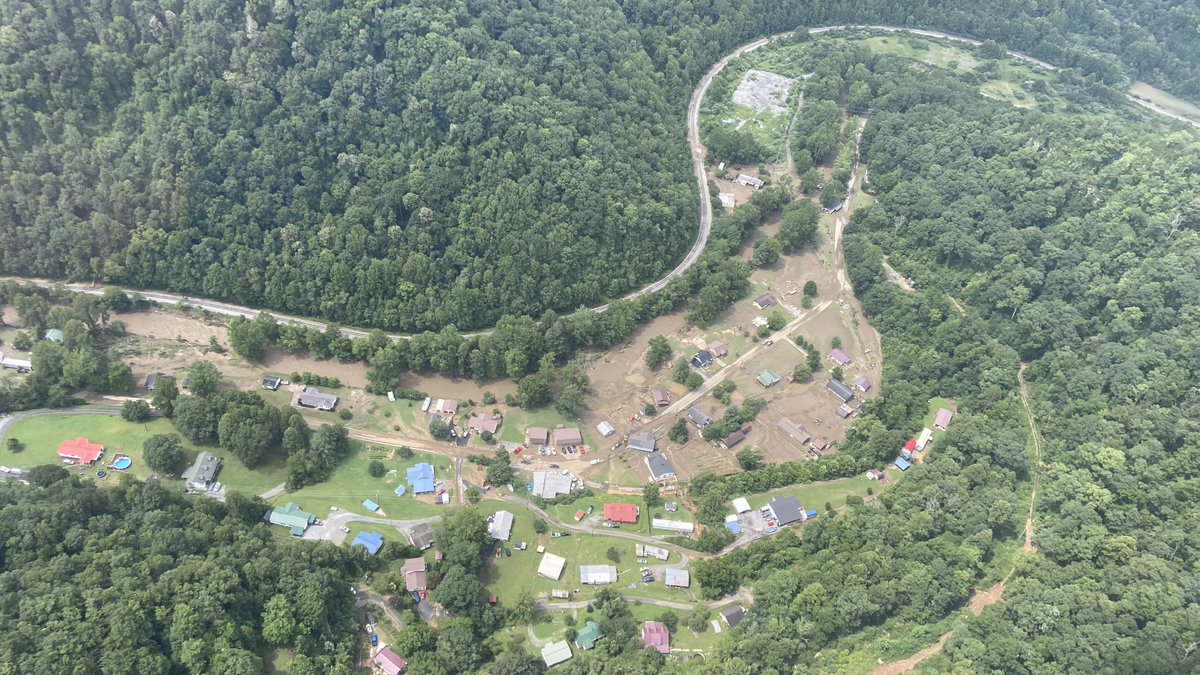
What we’re watching: Weekly disaster update, July 18
Algeria
Wildfires raged across northern Algeria throughout the middle of August. According to Algeria’s Interior Minister, 24 people died in fires near the border with Tunisia and two others died in the town of Setif as a fire raged through. More deaths were reported in subsequent days as bodies were discovered after fires had moved out of affected areas.
In total, at least 43 people died and at least 45 more were injured in over 1,200 fires throughout the summer.
More than 1,700 firefighters were involved in fighting these fires. Farmers and villagers were left reeling as many of them lost everything. The El Kala Biosphere Reserve, a UNESCO-listed biosphere, had 24,700 acres (10,000 hectares) of ecologically sensitive areas burned in the August fires. Most of the fires were brought under control by Aug. 20. Algerians who have emigrated to France organized grassroots initiatives to deliver medical supplies and other essential items to some of the areas hardest hit by these fires.
As of Nov. 20, EFFIS reported that Algeria had just over 132,000 acres burned in 100 officially reported fires.
Australia
Australia’s bushfire season begins later in the year and continues through the Christmas holidays and into the new year, the opposite of the wildfire season in the northern hemisphere.
A series of lightning strikes in the country’s Northern Territory caused a series of wildfires in late October and early November amid a heatwave and another wet season without much moisture. Some landowners reported thousands of acres up in flames, though this was mostly grazing pasture and agricultural land.
Bulgaria
A wildfire between the municipalities of Lyubimets and Harmanli in south-central Bulgaria that began in dry grass under solar panels was brought under control after two days of work in mid-August. A total of 14 fire engines and their crews worked around the clock to control the 1,235 acres (500 hectares) fire that consumed both grassland and forested areas.
According to EFFIS, approximately 34,800 acres had burned in 79 fires in Bulgaria as of Nov. 20, 2022.
Croatia
At least 30 houses were destroyed along Croatia’s Adriatic coast as three wildfires burned just under 10,000 acres in the third week of July. The fires were extinguished by July 18.
According to EFFIS, more than 81,000 acres had burned in 150 fires in Croatia as of Nov. 20, 2022. This was more than double the yearly average.
France
August brought no relief to firefighters in the Gironde region, as that started on Aug. 9 raged approximately 20 miles south of the regional capital, Bordeaux. More than 1,000 firefighters battled a fire they called “an ogre” and that burned close to 17,300 acres (7,000 hectares) in only three days as of Aug. 11. The fire was located in the Landes de Gascogne Regional Natural Park west of the town of Hostens and at one point threatened a dozen communities in the area.
According to EFFIS, approximately 164,000 acres burned in 291 fires in France as of Nov. 20, 2022. This was more than four and a half times the yearly average.
Georgia
A massive wildfire in Georgia’s central Borjomi region brought over a thousand firefighters and aircraft from other countries to fight the flames in late August. While firefighters managed to control much of the fire, progress was slowed by roads that were blocked by debris and fallen trees, requiring heavy equipment to clear them before firefighters could gain ground access to the fire.
Greece
A fire on the tourist Isle of Lesbos began on July 23 burning fields, pine forest and shrubland. The fire front spread across 2.5 miles and at least 7,200 acres have been destroyed.
Another fire burned in the eastern part of Greece’s Dadia National Park in July as well. This park is home to a black vulture colony and is Greece’s biggest Natura 2000 site.
An article in the Greek Reporter on July 20 (before the above two fires started) said, “In the first few months of 2022, thirty forest fires were recorded in the country, a massive increase from the usual four. Those fires burned over 1,000 hectares (2,471 acres) of land compared to the average 37.5 (around 92 acres).”
According to EFFIS, almost 55,000 acres burned in 60 fires in Greece as of Nov. 20, 2022.
Kazakhstan
A massive series of wildfires burned more than 106,000 acres in less than a week in the Kostanai region in early September. President Kassym-Jomart Tokayev visited the affected area where more than 2,200 firefighters battled the wind-driven fires with almost 200 pieces of fire equipment, aircraft and even specialized fire trains.
Sadly, one person died after refusing to evacuate. The fires destroyed 108 buildings and displaced more than 1,800 people.
Morocco
In July 2022, wildfires caused by heat waves triggered the evacuation of 500 families in Larache and Taza. An additional 1,331 families were evacuated from 20 villages near the port of Tangier and 170 houses were destroyed. Over 3,700 acres of forest were destroyed and one person was killed.
According to EFFIS, almost 80,000 acres burned in 44 fires as of Nov. 20, 2022.
Portugal
The districts of Leiria and Santarém in the Algarve region experienced extensive wildfires in July. A pilot was killed when a fire plane crashed. In July, at least 74,000 acres were destroyed because of wildfires. At least 135 people were injured and over 800 people evacuated to date.
A “huge” wildfire in Portugal’s Serra da Estrela national park began on Aug. 6 and was initially controlled quickly, however it rekindled on Aug. 15 forcing officials to evacuate several villages. Smoke from the fire was carried over 250 miles (400 km) away to envelop skyscrapers in the Spanish capital of Madrid. More than 1,100 firefighters and 13 aircraft were attempting to control the fire which had already burned over 42,000 acres (17,00 hectares).
Hundreds of firefighters battled a new fire that began on Aug. 20, and at one point completely surrounded the village of Samarda. While this fire was considered to be under control only a few days later, it destroyed approximately 10,000 acres of land – including parts of the Natural Park of Alvao. While it was officially under control, firefighters continued to battle reignitions across the affected area.
According to EFFIS, more than 258,000 acres burned in 258 fires this year in Portugal as of Nov. 20, exceeding the yearly total average of 239,000 acres.
Russia
Officials in the Ryazan region of Russia, approximately 120 miles east of Moscow, have declared a state of emergency due to multiple wildfires continue to burn in the area. As of Aug. 22, almost 20,000 acres (8,000 hectares) of land had been destroyed in multiple wildfires in the region as authorities struggled to bring in enough resources to control them.
Spain
Spain’s wildfire season came back to life in late October as temperatures reached 86 Fahrenheit (30 Celsius) across the northern part of the country. Officials reported approximately 40 blazes across the Basque Country, Asturias and Cantabria on Oct. 28 – a flaming end to a month that saw new temperature records set every day except Oct. 1.
Dozens of wildfires burned across Spain in July. In one of the most dramatic scenes to emerge from the fires, a train from Madrid to Ferrol stopped for a few minutes because of fire on the tracks around Zamora-Sanabria on Monday, July 18. Two people died in Zamora’s fire – a firefighter and a 69-year-old farmer.
The dramatic train scene repeated itself almost exactly a month later as a train in the Valencia region stopped to reverse course as a wildfire advanced on its position. When the train stopped, a number of people fled after breaking windows in the carriages, and ten were injured as they fled.
More than 300 firefighters, accompanied by thirty planes and helicopters tackled the 47,000 acres (19,000 hectares) fire, while hundreds more firefighters were battling two other nearby fires.
Spain’s prime minister blames climate change, even as police arrested one man for starting three of the fires. Pedro Sánchez said, “Climate change kills: it kills people, as we’ve seen; it also kills our ecosystem, our biodiversity, and it also destroys the things we as a society hold dear – our houses, our businesses, our livestock.”
Land Life, a Netherlands-based company preparing the soil for tree planting, accepted responsibility for a July fire damaging 34,600 acres of land in Ateca in the northeastern region of Aragón. The fire was caused by a spark from heavy equipment.
According to EFFIS, almost 757,000 acres burned in 491 fires as of Nov. 20, more than three times its annual average.
Turkey
More than 1,000 people were evacuated from a fast-moving wind-driven wildfire in Turkey’s southern district of Gulnar on Sept. 7. Almost 1,000 firefighters along with 40 aircraft battled the flames that injured at least 25 people and threatened over 300 homes in the area.
According to EFFIS, Turkey had more than 36,500 acres burned in 60 fires as of Nov. 20, 2022.
United Kingdom
Dozens of small wildfires and grass fires broke out across the United Kingdom starting in April, with the majority occurring in July due to the extreme heat.
By July 25, nearly 50,000 acres had burned, the second-largest amount after 2018 when 71,000 acres were destroyed. According to the National Fire Chiefs Council, “this year alone England and Wales have had 442 wildfires – which compares with 247 last year.”
On July 19, the fire service in London reported its busiest day since World War II.
According to EFFIS, the UK saw over 50,000 acres burned in 151 fires as of Nov. 20, 2022.
Carbon emissions
Wildfires are both an effect, and a cause, of global climate change. As the average temperature increases, wildfires are increasing in both frequency and intensity, but they are also contributing to climate change themselves. The EU’s Copernicus Atmosphere Monitoring Service (CAMS) estimated that global wildfires in 2021 generated 148% more carbon emissions than all of the fossil fuel emissions in 2020.
Single-home house fires
In addition to numerous wildfires, the extreme heat has triggered many single-home house fires.
For example, in England, the London Fire Brigade spokesperson said, “This has been an unprecedented day in the history of the London Fire Brigade where we’ve been subjected to extremes of heat and temperature that have caused a number of weather-related incidents.”
As with all disasters and large-scale emergencies, it is most effective to make cash donations to support groups already engaged and coordinating on the ground at the disaster site. They can often take that monetary donation and double or triple its value through their local partnerships. Additionally, this allows on-the-ground agencies to direct funds to the most significant area of need, support economic recovery and ensure donation management does not detract from disaster recovery needs.
Do not donate hard goods such as clothing, food and water, medications, or other items unless there is a specific request from an organization already working in the area.
Long-term needs
Long-term support needs will include rehousing, income recovery, agricultural needs and additional preparedness support to vulnerable populations. Due to the continuing threat of fire, mental health support and counseling services will be a significant need. Award loans and grants for rebuilding damaged homes and businesses.
Drought mitigation efforts
Drought mitigation efforts may focus on sustainable agriculture, water conservation or even land use.
According to the National Drought Mitigation Center, an emerging area for research is land-use patterns that “maintain the integrity of watersheds and that have a smaller paved footprint,” which can help build resilience to drought.
Public awareness
Invest in public awareness, educational campaigns and information dissemination on fire prevention and promising wildfire and drought mitigation practices. Simple efforts such as clearing flammable materials from 100 feet around the house may help prevent property damage. Fires can also be started by misuse of equipment, such as grills, that can be averted with proper knowledge.
Business recovery
Assist businesses in developing business continuity and disaster recovery plans to reduce economic impact. These plans should include contingencies for displaced workers, back up of data and alternate facilities for continuing operations in the event of property damage.
Volunteer firefighters
Consider the needs of volunteer fire departments. As volunteers, they often lack the structural support of larger departments, and their resources may have been depleted during the wildfire.
Prevention
As the number of wildfires increase, it is important to focus on prevention activities.
A recent report from the World Wildlife Fund “found Greece, Spain, Portugal, Italy and France were spending as much as 80% of available funds on suppression and just 20% on prevention.”
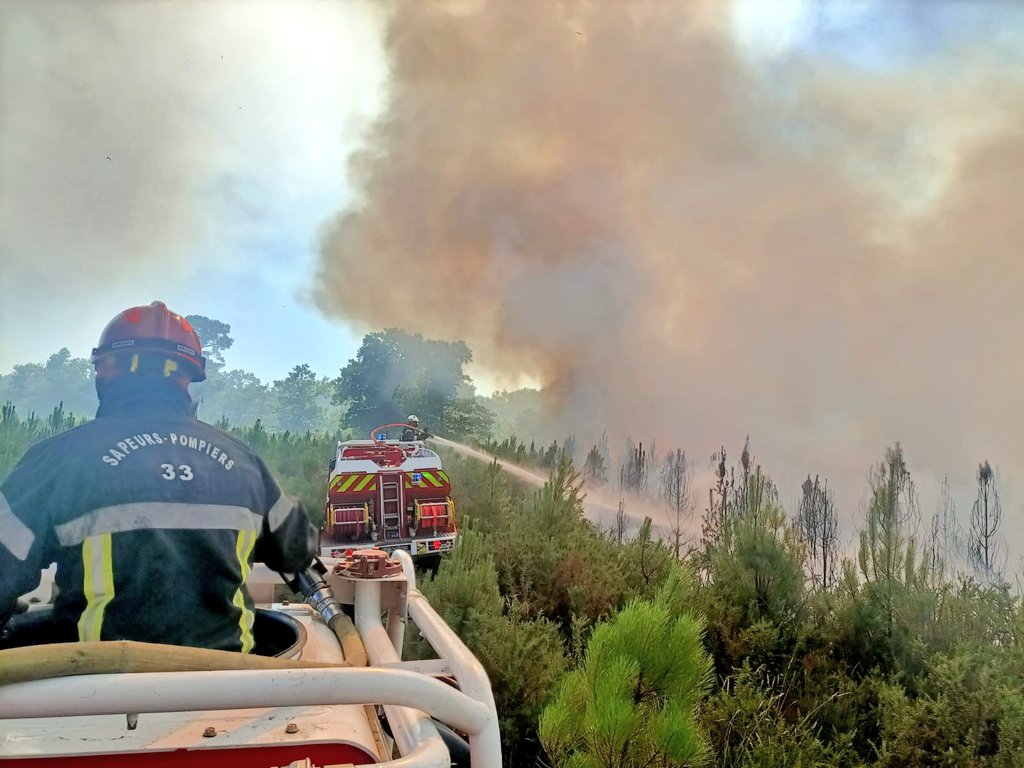
The Center for Disaster Philanthropy has a Global Recovery Fund that provides an opportunity for donors to meet the ongoing and ever-expanding challenges presented by global crises. Donate to help direct recovery dollars to the fires in different parts of the world.
Contact CDP
Philanthropic contributions
If you would like to make a donation to the CDP Global Recovery Fund, please contact development.
(Photo: Firefighters battling ongoing forest fires in Landiras and Teste-de-Buch in Gironde, France. Credit: Préfète de Nouvelle-Aquitaine et Gironde via Twitter)
Recovery updates
If you are a responding NGO or a donor, please send updates on how you are working in this crisis to tanya.gulliver-garcia@disasterphilanthropy.org.
We welcome the republication of our content. Please credit the Center for Disaster Philanthropy.
Donor recommendations
If you are a donor looking for recommendations on how to help in this crisis, please email regine.webster@disasterphilanthropy.org.
More ways to help
CDP has also created a list of suggestions for foundations to consider related to disaster giving. These include:
- Take the long view: Even while focusing on immediate needs, remember that it will take some time for the full range of needs to emerge. Be patient in planning for disaster funding. Recovery will take a long time and funding will be needed throughout.
- Recognize there are places private philanthropy can help that government agencies might not: Private funders have opportunities to develop innovative solutions to respond to and help prevent or mitigate future disasters that the government cannot execute.
- All funders are disaster philanthropists: Even if your organization does not work in a particular geographic area or fund immediate relief efforts, you can look for ways to tie disaster funding into your existing mission. If you focus on education, health, children or vulnerable populations, disasters present prime opportunities for funding.
- Ask the experts: If you are considering supporting an organization that is positioned to work in an affected area, do some research. CDP and InterAction can provide resources and guidance about organizations working in affected communities. There are a few local India-based community foundations that can provide insights into nongovernmental organizations (NGOs) that are best suited to respond in a particular community.
Resources
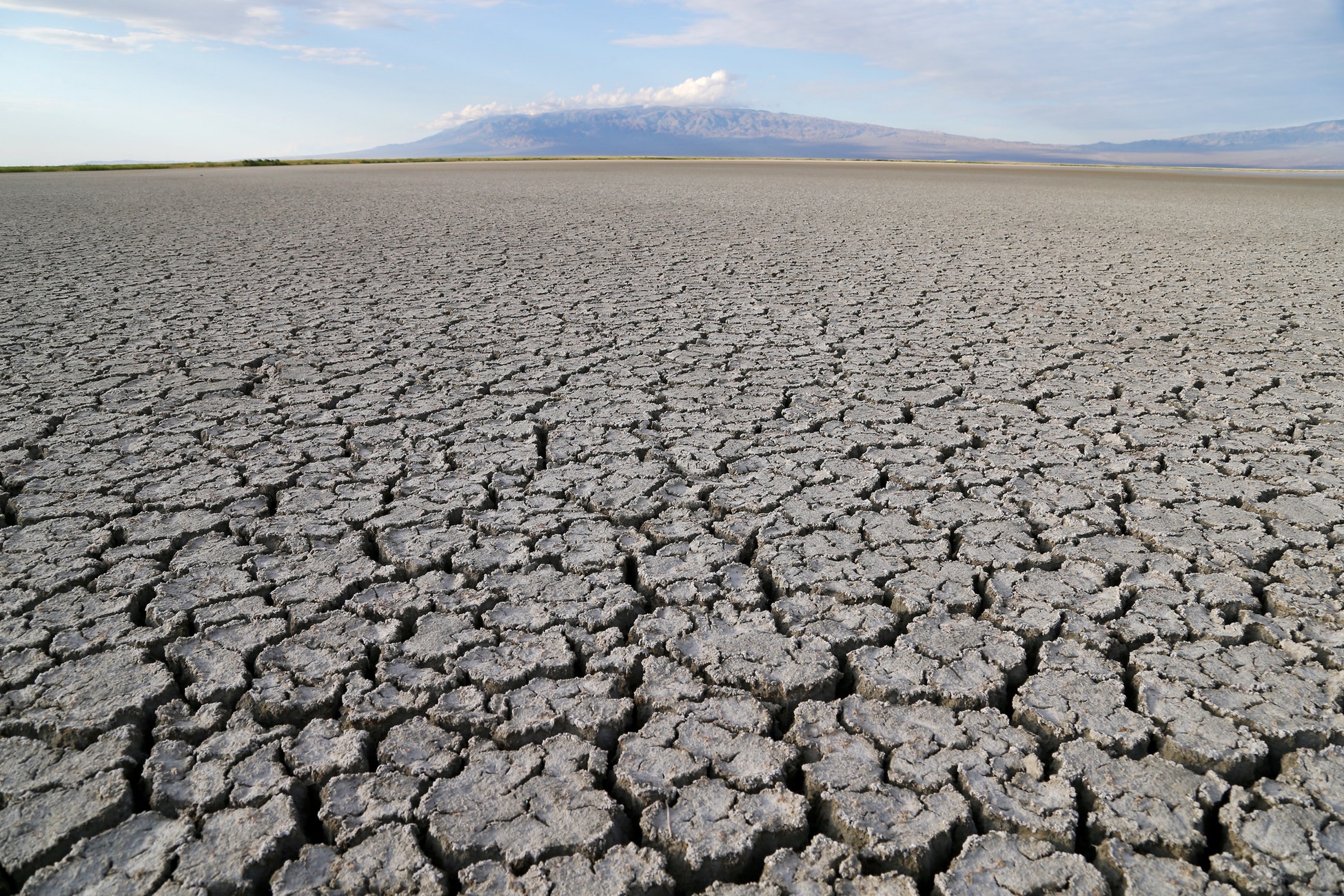
Drought
Drought is often defined as an unusual period of drier than normal weather that leads to a water shortage. Drought causes more deaths and displaces more people than any other disaster.

Wildfires
Wildfires devastate homes, livelihoods and communities of people worldwide, making them one of the most destructive types of disasters. While climate change fuels the frequency and intensity of wildfires, wildfires themselves fuel climate change, making them uniquely damaging to the planet.
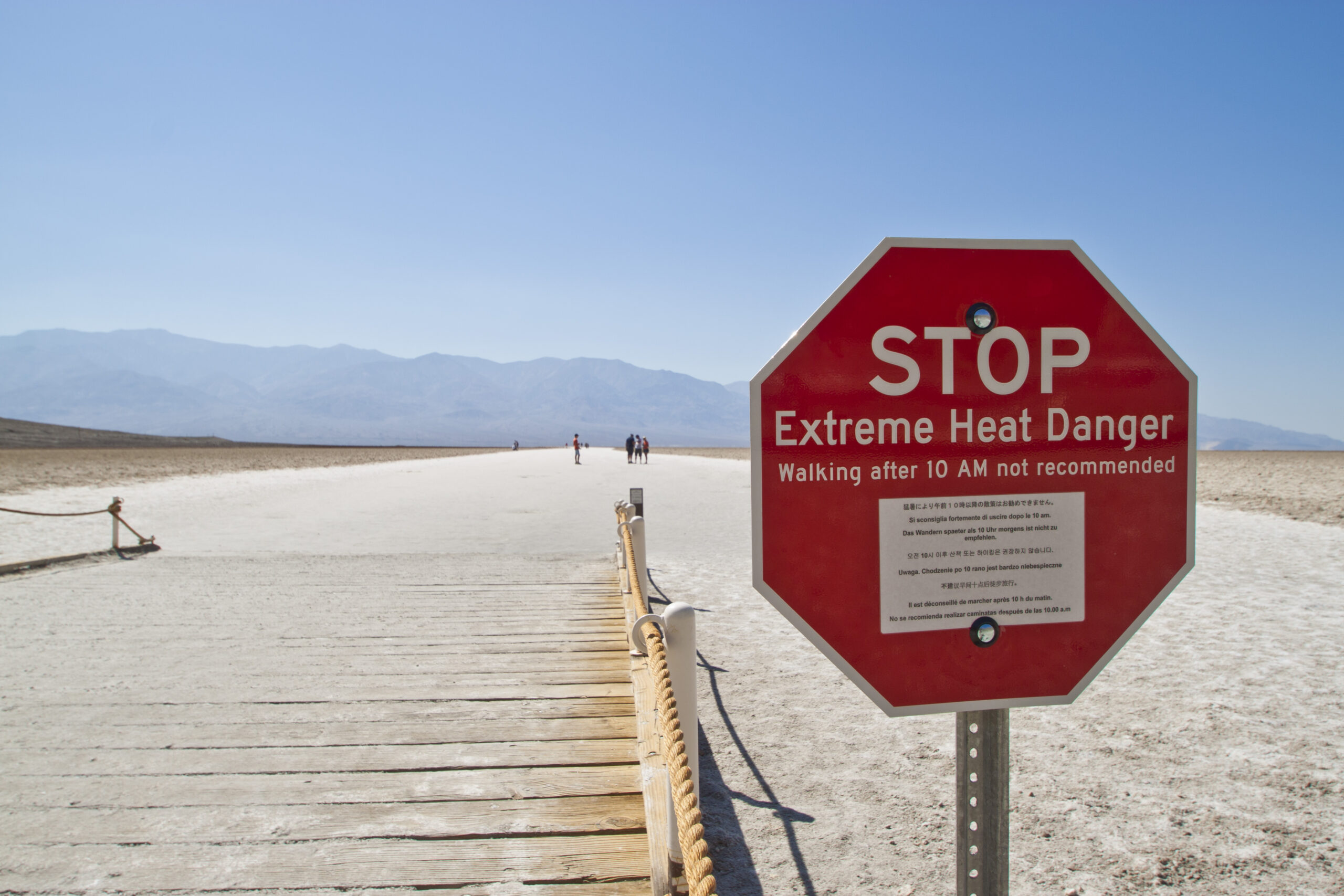
Extreme Heat
While the average temperature continues to increase at a moderate pace, climate change has caused more frequent extreme weather events, particularly extreme heat.